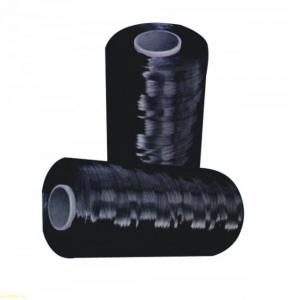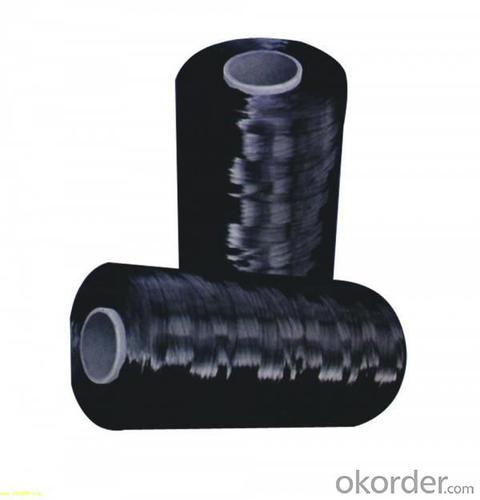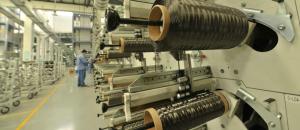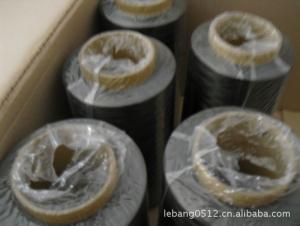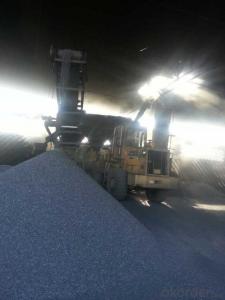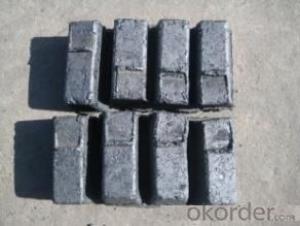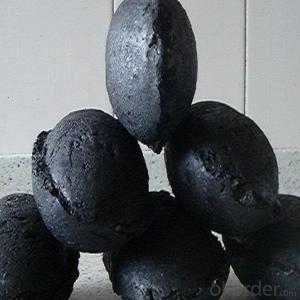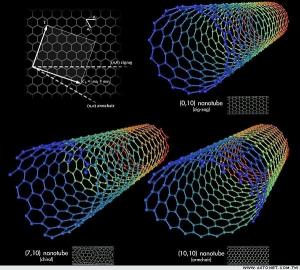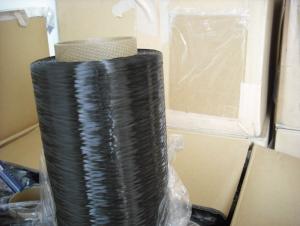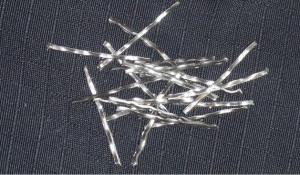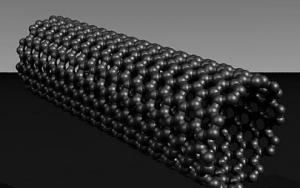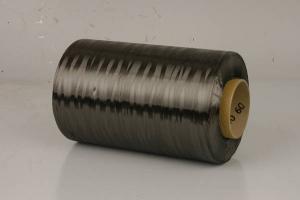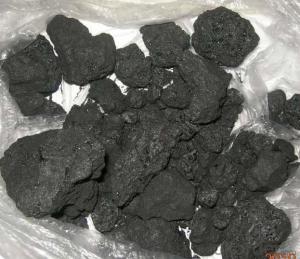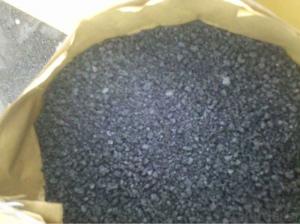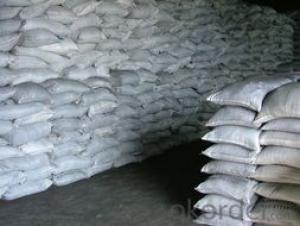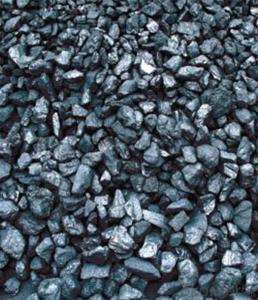Carbon Fiber-6K
- Loading Port:
- China Main Port
- Payment Terms:
- TT or LC
- Min Order Qty:
- 2Ton m.t.
- Supply Capability:
- 1000Ton m.t./month
OKorder Service Pledge
OKorder Financial Service
You Might Also Like
Specifications of Carbon Fiber-6K
1. Material: carbonized polyacrylonitrile fiber
2. Filament number:12k
3. Fiber type: T300
4. Tensile strength: 360kgf/mm2
General Data of Carbon Fiber-6K
Weaving Style: Unidirectional, Plain, Twill
Input Available: 3k, 6k, 12k Carbon fiber
Weight: 15 0 ~ 600g / m2
Roll length: To be specified
Storage of Carbon Fiber-6K
It is recommended that the carbon fiber fabric are stored in a cool and dry environment. Recommended temperature range of storage is between 10 ~ 30 degree and relative humidity between 50 ~ 75%.The carbon fiber fabric should remain in the packaging until just prior to use.
Packaging & Delivery of Carbon Fiber-6K
Product is manufactured in form of a roll wound on a paper tube and then packed in a plastic film and placed within a cardboard carton. Rolls can be loaded into a container directly or on pallets.
Packaging Detail: carton
Delivery Detail: within 20 days
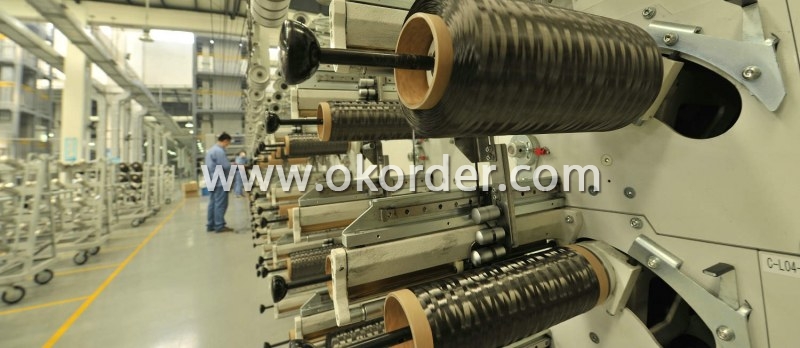

- Q: What are the impacts of carbon emissions on wildlife?
- Carbon emissions have a significant impact on wildlife as it contributes to climate change, leading to habitat loss, changes in migration patterns, and increased vulnerability to disease and extinction. Additionally, the acidification of oceans due to increased carbon dioxide levels affects marine life, disrupting food chains and damaging coral reefs. Overall, carbon emissions pose a grave threat to the survival and well-being of various species.
- Q: I don't know the battery. Although I know the former is chemical energy, I want to know if the 1 grain size 5 can compare the charge capacity with the 1 grain 5 1ANot much of a fortune, but thank you very much for the enthusiastic friend who gave me the answer. Thank you!
- The typical capacity of a AA carbon cell is 500maH, the voltage is 1.4V (average discharge platform) and the power is 0.7WHA typical capacity of AA alkaline battery is 2800maH, the voltage is 1.4V (average discharge platform) and the power is 3.9WHA AA disposable lithium iron battery, the typical capacity is 3000maH, voltage is 1.5V (discharge platform average), power is: 4.5WHA AA nickel hydrogen rechargeable battery, the maximum capacity is 2700maH, voltage is 1.2V (average discharge platform), power is: 3.2WHA AA lithium rechargeable battery, the maximum capacity is 800maH, the voltage is 3.7V (average discharge platform), power is: 2.9WHA AA lithium iron phosphate battery has a maximum capacity of 700maH, a voltage of 3.2V, and a power of 2.2WhBased on the above data, it is concluded that AA single iron lithium battery and disposable alkaline battery are the most durable, and their capacity (no matter size, current, discharge) is more than 6 times of that of carbon battery
- Q: How is carbon used in the production of ceramics?
- Carbon is used in the production of ceramics as a key component in the creation of carbon-based materials, such as carbon fibers or carbon nanotubes, which can be incorporated into ceramic matrices to enhance their mechanical properties, electrical conductivity, and thermal stability. Additionally, carbon can also be utilized as a reducing agent in certain ceramic processes, such as the production of silicon carbide, where it reacts with oxygen to remove impurities and stabilize the ceramic structure.
- Q: What are the consequences of increased carbon emissions on coastal regions?
- Increased carbon emissions have significant consequences on coastal regions. One of the most notable impacts is sea-level rise, caused by the warming of the planet and the subsequent melting of glaciers and ice sheets. This rise in sea levels can lead to coastal erosion, flooding, and the loss of coastal habitats. Additionally, carbon emissions contribute to ocean acidification, which harms marine life and coral reefs. The combination of these effects poses a threat to coastal communities, economies, and ecosystems, highlighting the urgent need for global action to reduce carbon emissions and mitigate the consequences.
- Q: How are carbon compounds classified?
- Carbon compounds can be categorized according to the type and number of atoms bonded to carbon atoms. There are various types of carbon compounds, including hydrocarbons, alcohols, aldehydes, ketones, carboxylic acids, esters, ethers, amines, amides, and more. Hydrocarbons are carbon compounds solely consisting of carbon and hydrogen atoms. They can be further divided into two main groups: aliphatic hydrocarbons and aromatic hydrocarbons. Aliphatic hydrocarbons include alkanes, alkenes, and alkynes, which are classified based on the carbon-carbon bonds they possess. On the other hand, aromatic hydrocarbons have a ring structure and are known for their aromaticity. Alcohols are carbon compounds with a hydroxyl (-OH) group attached to a carbon atom. They are categorized based on the number of hydroxyl groups connected to the carbon atom. For instance, methanol is a monohydroxy alcohol, while ethylene glycol is a dihydroxy alcohol. Aldehydes and ketones are carbon compounds containing a carbonyl group (C=O). Aldehydes have the carbonyl group attached to a terminal carbon atom, whereas ketones have it attached to an internal carbon atom. Their names are determined by the number and position of the carbonyl group within the molecule. Carboxylic acids are carbon compounds with a carboxyl group (-COOH). They are named by replacing the -e ending of the corresponding hydrocarbon with -oic acid. For example, methane becomes methanoic acid. Esters are carbon compounds derived from the reaction between a carboxylic acid and an alcohol. They have the general formula RCOOR’, where R and R’ can represent any alkyl or aryl group. Often, they are named based on the alcohol and acid used in their formation. Ethers are carbon compounds in which an oxygen atom is bonded to two alkyl or aryl groups. Their names are formed by listing the alkyl or aryl groups in alphabetical order followed by the word "ether". Amines are carbon compounds with a nitrogen atom bonded to one or more alkyl or aryl groups. They are named by adding the suffix -amine to the name of the alkyl or aryl group attached to the nitrogen atom. Amides are carbon compounds with a carbonyl group (C=O) bonded to a nitrogen atom. They are named by replacing the -oic acid or -ic acid endings of the corresponding carboxylic acid with -amide. In summary, the classification of carbon compounds is based on their functional groups and the arrangement of atoms surrounding the carbon atom. These classifications aid in categorizing and studying the diverse range of carbon compounds found in nature and synthesized in laboratories.
- Q: What is carbon dioxide?
- Carbon dioxide (CO2) is a colorless and odorless gas composed of one carbon atom bonded to two oxygen atoms. It is naturally present in the Earth's atmosphere and is also produced by human activities such as burning fossil fuels and deforestation. Carbon dioxide plays a crucial role in the Earth's carbon cycle and is a greenhouse gas, contributing to global warming and climate change.
- Q: How is carbon used in the production of carbon nanowires?
- Carbon is a key component in the production of carbon nanowires due to its unique properties. Carbon nanowires are typically created through a process called chemical vapor deposition (CVD), which involves the decomposition of a carbon-containing precursor gas in a high-temperature environment. In this process, a carbon source, such as methane or ethylene, is introduced into a reaction chamber. The precursor gas is then heated to a high temperature, typically above 600 degrees Celsius, which causes it to decompose. As a result, carbon atoms are released and start to deposit on a substrate material, such as a silicon wafer or a metal catalyst. The carbon atoms in the precursor gas have a tendency to form strong covalent bonds with each other, leading to the formation of a graphite-like structure. However, by carefully controlling the growth conditions, such as temperature and pressure, the deposited carbon atoms can be made to arrange themselves in a highly ordered manner, forming nanowires. The use of carbon as the building block for nanowires is advantageous due to its exceptional thermal and electrical conductivity, as well as its high mechanical strength. This allows carbon nanowires to exhibit unique properties, making them suitable for various applications, such as in electronics, energy storage, and sensors. Overall, carbon plays a crucial role in the production of carbon nanowires by serving as the raw material that undergoes decomposition and subsequent rearrangement to form the desired nanoscale structures.
- Q: Made of high strength structural partsThe market quality of the carbon fiber plate is too much, the price is low, do not know how to choose. A knowledgeable friend can introduce larger enterprises? The quality of the carbon fiber board produced must be better and the performance should be stable!
- You are not for the prestressing bar, if you find the building reinforcement for Tianjin Beijing card, if you do the structure reinforcement for Jiangsu and Wuxi via the new material industry, these are relatively well-known.
- Q: What are the applications of graphite in industry?
- Graphite possesses distinct properties that make it suitable for a range of applications across industries. Here are several key uses of graphite in different industrial sectors: 1. Lubricants: Given its low friction coefficient, graphite is extensively employed as a solid lubricant in industries that encounter high temperatures and extreme pressures, like automotive, aerospace, and heavy machinery. 2. Refractories: Graphite's exceptional heat and chemical resistance make it an ideal material for manufacturing refractory products. It helps line furnaces, crucibles, and other high-temperature equipment in metal production, glass manufacturing, and chemical processing. 3. Electrical industry: Graphite's excellent electrical conductivity makes it widely utilized in this sector. It is employed to produce electrodes, brushes, and contacts for electrical motors, generators, and batteries. Furthermore, graphite serves as a component in electrical discharge machining (EDM) and conductive paints and coatings. 4. Foundry industry: Graphite acts as a mold and core material in the foundry industry, owing to its high thermal conductivity and ability to withstand high temperatures. It finds application in various metal casting processes, including sand casting, investment casting, and continuous casting. 5. Chemical industry: The chemical industry benefits from graphite's corrosion resistance and capacity to endure high temperatures. It is utilized in the manufacture of chemical equipment such as heat exchangers, reactors, and pipes, where it can withstand aggressive chemical environments. 6. Nuclear industry: In the nuclear industry, graphite serves as a moderator in nuclear reactors. Its ability to slow down neutrons allows for controlled nuclear fission reactions. Additionally, graphite is employed as a structural material in certain types of nuclear reactors. 7. Composite materials: Graphite is frequently used as a reinforcement material in the production of composite materials. By combining graphite fibers or sheets with resins or metals, lightweight and high-strength composites are created for applications in aerospace, automotive, and sporting goods industries. In conclusion, graphite's unique properties, encompassing high thermal and electrical conductivity, lubricity, and chemical inertness, contribute to its versatility as a material with diverse applications across industries.
- Q: What is a carbon electrode? What's the use? What's the current situation in the industry? Try to be specific. Thank you
- Tons of ferrosilicon smelting costs reduced by 300-400 yuan, tons of calcium carbide smelting costs reduced by more than 100 yuan.Carbon electrode is an energy saving and environmental friendly product. It can greatly reduce power consumption and reduce pollution in the use of calcium carbide and ferroalloy ore heating furnaces. It is the replacement product of electrode paste. In the submerged arc furnace with the same capacity, electrode paste self baking electrode compared with the following characteristics: improving smelting furnace production, reduce power consumption and reduce the labor intensity (15-20%; 1 tons of iron smelting alloy consumption of electrode paste carbon electrode about 60kg, consumption is only about 12kg, reduce the operating times of the electrode), simplified production process; to avoid or reduce the self baking electrode frequent "broken soft" and "hard" accidents, improve the working environment, reduce operating costs.
1. Manufacturer Overview
| Location | Jiangsu,China |
| Year Established | 2002 |
| Annual Output Value | |
| Main Markets | Europe, America, Africa, Oceania and Japan, Korea, southeast Asia |
| Company Certifications | ISO9000 |
2. Manufacturer Certificates
| a) Certification Name | |
| Range | |
| Reference | |
| Validity Period |
3. Manufacturer Capability
| a) Trade Capacity | |
| Nearest Port | |
| Export Percentage | |
| No.of Employees in Trade Department | |
| Language Spoken: | |
| b) Factory Information | |
| Factory Size: | |
| No. of Production Lines | |
| Contract Manufacturing | |
| Product Price Range | |
Send your message to us
Carbon Fiber-6K
- Loading Port:
- China Main Port
- Payment Terms:
- TT or LC
- Min Order Qty:
- 2Ton m.t.
- Supply Capability:
- 1000Ton m.t./month
OKorder Service Pledge
OKorder Financial Service
Similar products
Hot products
Hot Searches
Related keywords
